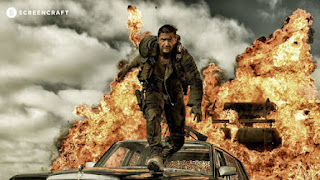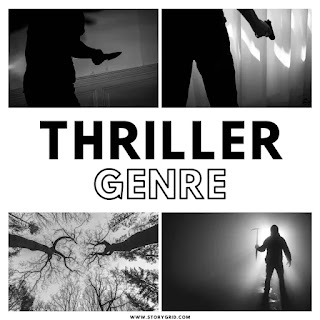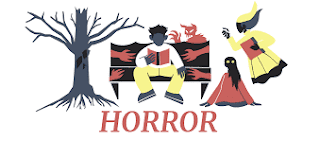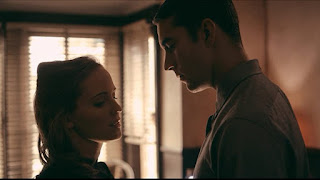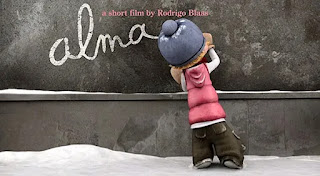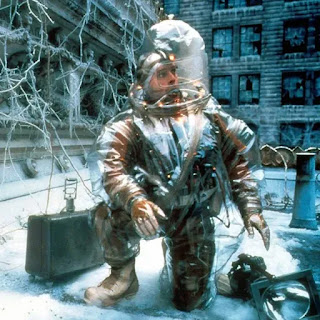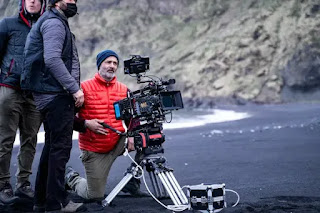Final Genre Decision
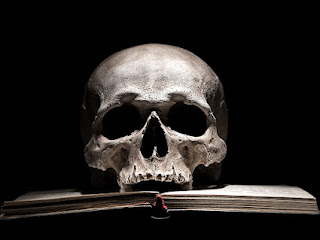
After looking over each genre, we decided that, in order for our pitch to be correctly formatted, that the thriller genre would fit. We came to this reason because the thriller genre is almost exactly how we want the opening sequence for our pitch to be like, scenes full of suspense and avid movements. The reason why horror genre wouldn’t work for our pitch was due to the plot having no horror sense at all. The plot of our pitch is greatly action-related and a horror genre wouldn't fit to all the scenes having more movement. Our opening sequence is based on a rivalry, not some upper entity who controls all of the environment around the protagonist, which is why horror genre would also not be a good fit. The action genre was another candidate but had felt as if it were the same type of energy as a horror film rather than an thriller. Throughout each and every action film I had researched on, there were lots of action and movement throughout scenes, however, most were spook-related
